Early Settlement and the Huff House
| In 1871, the locally famous Huff House was built on this site, later renamed the Bay Hotel. It was destroyed by a spectacular fire in the late 1880s. The Bay Hotel was the temporary home of the Newsom Brothers architects when they were supervising the construction of the William Carson Mansion and other homes in the area. |
The First Bank of Eureka
| | In July of 1911 the brick building was demolished to make way for a new building and the bank offices and vaults were moved across the street during construction. |
Cecile Clarke and Her Museum
The Museum Expands: Nealis Hall
In the late 1970s, the owner of the defunct Liberty Theater, George Mann, agreed to sell the land to the City of Eureka if they promised to add an additional wing to the Museum. With the help of a federal Economic Development Administration grant awarded to Eureka in 1979, an addition to the museum was built on the old Liberty Theater land. That additional wing became Nealis Hall, which now houses the Native American collections of the Clarke Museum. In the time since then, various community members and families have donated items to be preserved and displayed in the hall for the enjoyment and education of museum visitors.
Jim Nealis moved to Eureka in 1941 and worked for Pacific Telephone and Telegraph where he eventually became District Manager for Eureka. He was described as a "good natured, gravely - voiced friend" by those who knew him. He was well-known throughout the community and was a longtime board member for the Clarke Historical Museum. He played a large role in the agreement between the City and the Museum to ensure the construction of Nealis Hall, which the Museum named after him in his honor.
"If a problem arose on the horizon, the first thought was to "Get hold of Jim Nealis. He knows what to do.""
-Times Standard, Eureka, April 30, 1971 "Phone 'Operator' Nealis Ending Official Career"

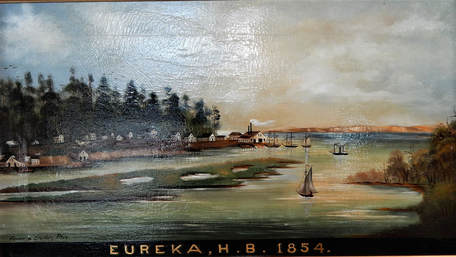
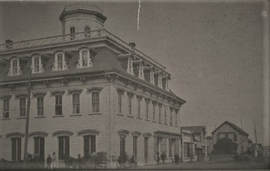
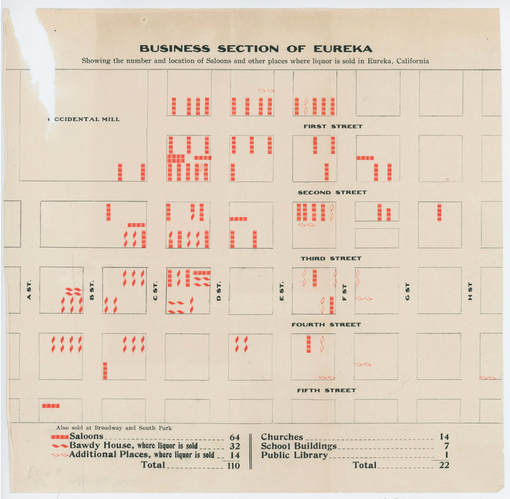
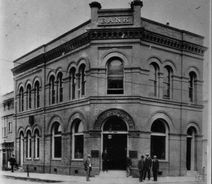
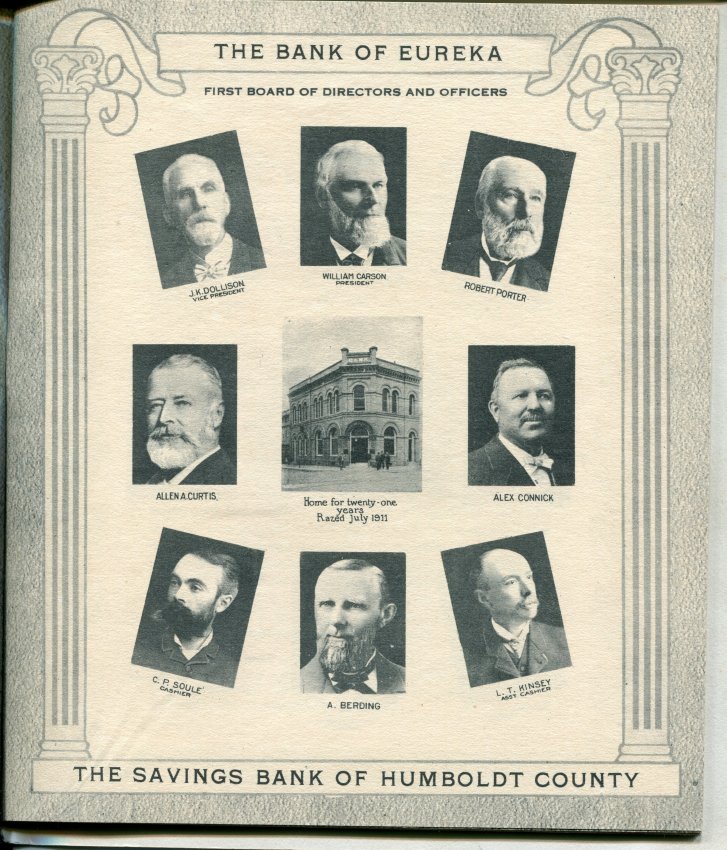
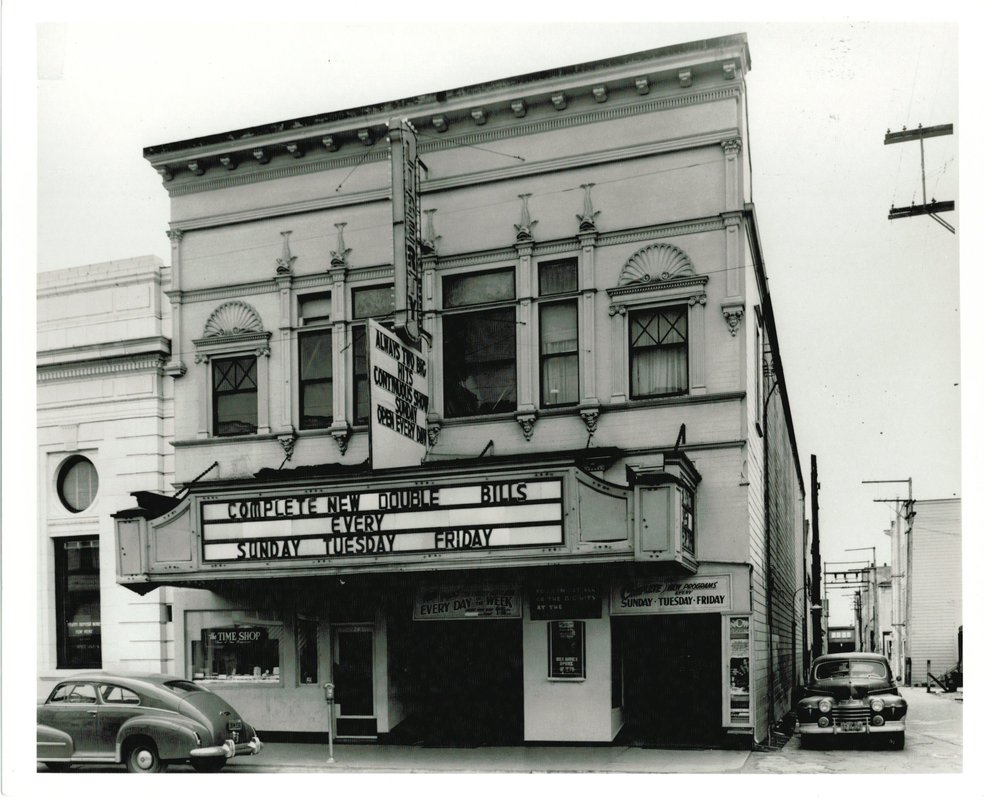
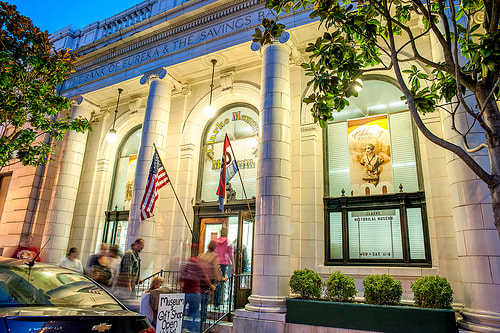
 RSS Feed
RSS Feed